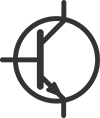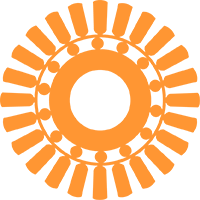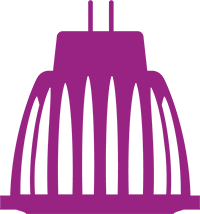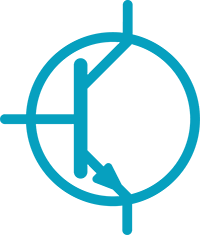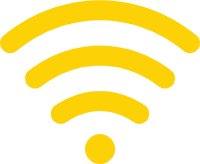4E PEET Status of Room Air Conditioner Regulations 2022

Update of energy efficiency regulations and trends in 4E economies
4E PEET Status of Television and Displays Regulations 2022

Update of energy efficiency policy measures and trends in 4E economies
4E PEET Status of Domestic Refrigerator Regulations 2022
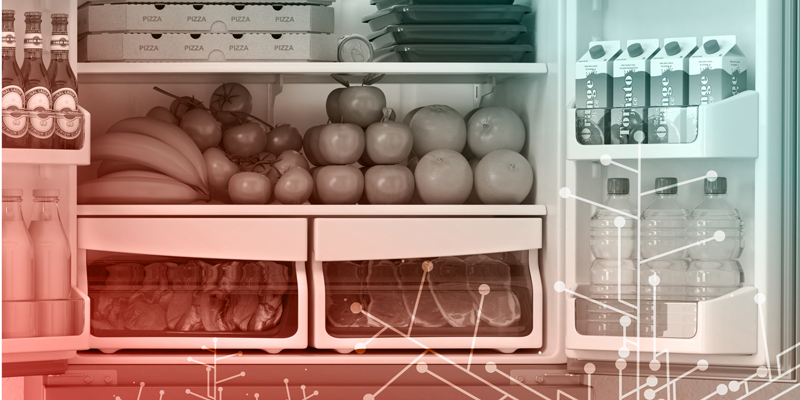
Update of energy efficiency regulations and trends in 4E economies
Policy Brief – Small Network Equipment
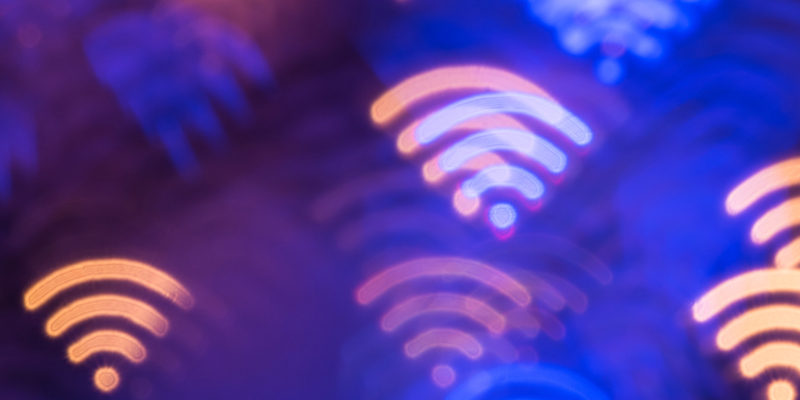
Provides policy considerations for improving the energy efficiency of small network equipment such as modems, routers, network extenders, etc.
Interlaboratory Comparison for Goniophotometers (IC 2017)
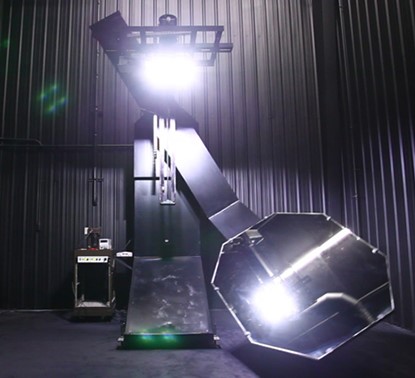
The final report from the IEA 4E Solid State Lighting Annex’s 2017 Interlaboratory comparison (IC 2017). This comparison had 36 participating laboratories from 19 countries with a total of 42 goniophotometric instruments, the largest interlaboratory comparison of such equipment ever undertaken. This comparison investigated the level of agreement in measurements of SSL products by various […]
Data Centre and Server ‘Idle Coefficients’

This report presents information on novel data centre KPIs: the Server Idle coefficient and the Data Centre Idle Coefficient.
Policy Brief – Policy Guidance for Energy Smart Digital Devices

Provides policy guidance for encouraging the development of consumer devices which are capable of ‘energy smart digital functionality’.
Small Network Equipment: Considerations for Energy Efficiency Policy

This report provides an overview of small network equipment (e.g. routers and modems), investigates options for policies and estimates the potential for energy savings.
Literature Summary of Lifetime Testing of Light Emitting Diodes and LED Products
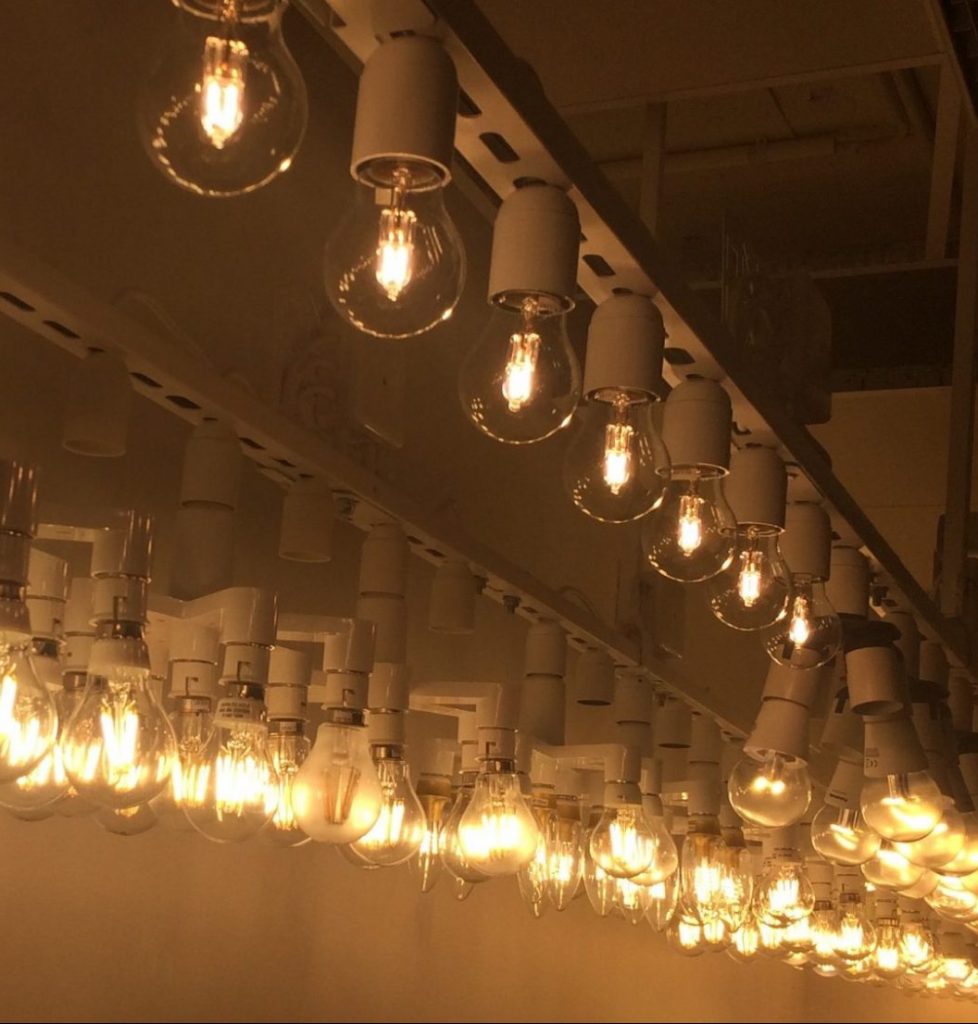
A summary of the literature on lifetime definitions for LEDs and LED products, including a look at failure mechanisms, accelerated life tests and test methods for estimating lifetime, and provides some recommendations. There is currently no agreement as to which test method can best estimate the lifetime of LED lighting products and the report thus addresses a key issue for regulators and industry interested in deployment of LED technologies
Quality and Performance Requirements for LED Lighting Products – Public review Draft
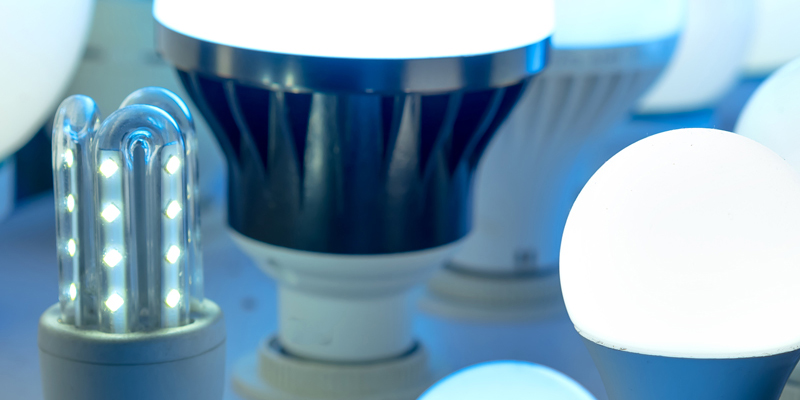
Public review draft of the updated Quality and Performance Requirements for LED Lighting Products released 25 November 2020, for comment by 25 January 2021.
Energy Applications within IoT and Digitalisation Strategies

The purpose of this report is to provide guiding principles to policy makers for developing and implementing national/regional digitalisation and IoT strategies that emphasise energy
Policy Guidance for Smart, Energy-Saving Consumer Devices

This report provides considerations for policy makers to encourage ‘smart’ consumer devices which save energy and provide demand flexibility. It includes key findings for the prioritisation of consumer devices and policy recommendations.
Visual Perception under Energy-Efficient Light Sources – – Detection of the Stroboscopic Effect under Low Levels of SVM

Temporal light modulation (TLM, known colloquially as “flicker”) of light sources has visual, neurobiological, and performance and cognition effects on viewers.
Network Standby Power Basics (revised April 2018)

This report incorporates and organizes our collective understanding of the network standby function, identifies the primary factors that influence its power draw, develops a framework for understanding these factors, and estimates power ranges associated with different network standby function implementations.
Energy Audit Guide for Motor Driven Systems
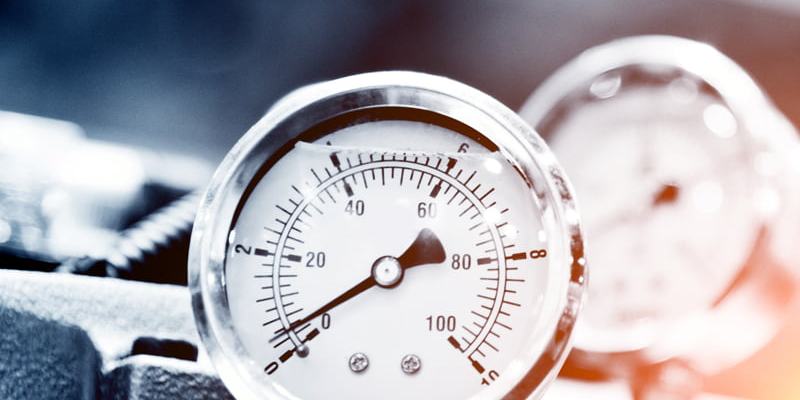
This guideline gives a systematic and comprehensive overview on how to use available standards and tools for a motor system audit.
Intelligent Efficiency – A Case Study of Barriers and Solutions – Smart Homes

This report highlights the role of energy efficiency policy makers in improving the value proposition for smart homes for energy management, by supporting the development of methodologies and studies quantifying benefits, and the provision of accessible information to consumers via labels or other mechanisms
EVSE Scoping Study for 4E

The delegates from EDNA member countries decided to conduct a Scoping study, to investigate the energy performance of Electric Vehicle Supply Equipment (EVSE), looking also at the existing policy approaches for this emerging product group. This Scoping study
Lessons Learnt Bringing LEDs to Market

The purpose of this report is to provide policy makers with examples and a summary of how IEA 4E SSL Annex member countries’ have introduced and promoted LED illumination products in their respective markets. This report highlights key policy and
Standby Consumption Measurements

This document summarises the standby and networked standby measurements of the following products and concludes the compliance with ecodesign requirements: Standby consumption of 31 TVs, 14 audio equipment, 5 printers, 9 complex set top boxes
Encouraging Intelligent Efficiency – Study of Policy Opportunities

This research project investigated the policy and program opportunities for governments to encourage greater investments in network connected devices and their application in reducing


























